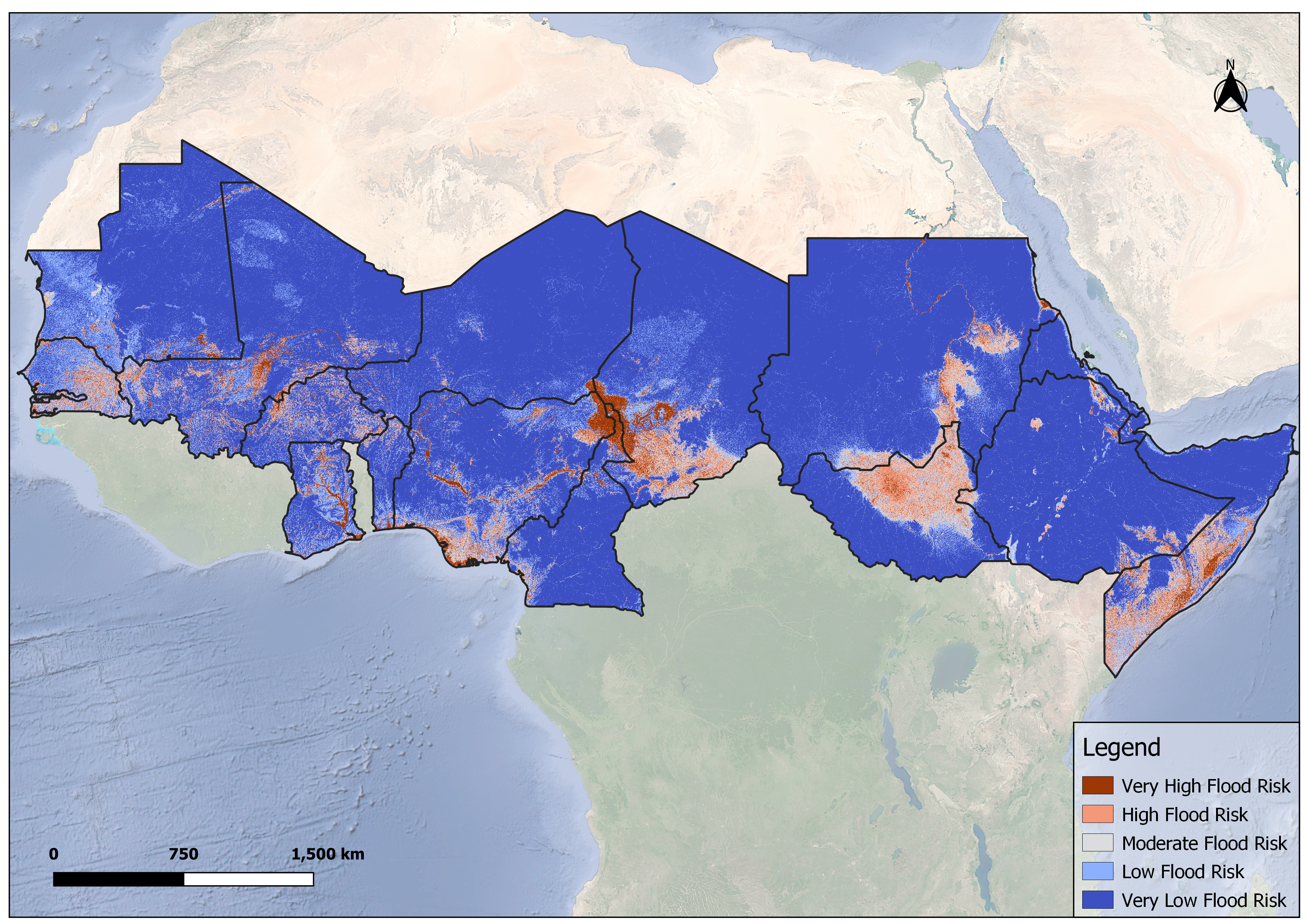Floods are natural disasters that occur when water overflows onto normally dry land. They can result from heavy rainfall, river overflow, coastal storms, or the rapid melting of ice and snow. Floods vary in severity and duration, ranging from slow-onset floods that develop over days or weeks to flash floods that occur suddenly within hours. Flooding can be classified as either of the following:
- Riverine Flooding: It occurs when rivers exceed their capacity due to prolonged rainfall or upstream water release
- Flash Flooding: It results when heavy rainfall occurs in a short period of time, it is characterized by raging torrents through rivers or streets that sweep everything before them.
- Coastal Flooding: It results from storm surges, high tides, or tsunamis pushing seawater inland
- Urban Flooding: It occurs when heavy rainfall overwhelms the capacity of drainage systems in towns/cities leading to water overflowing onto the surface






